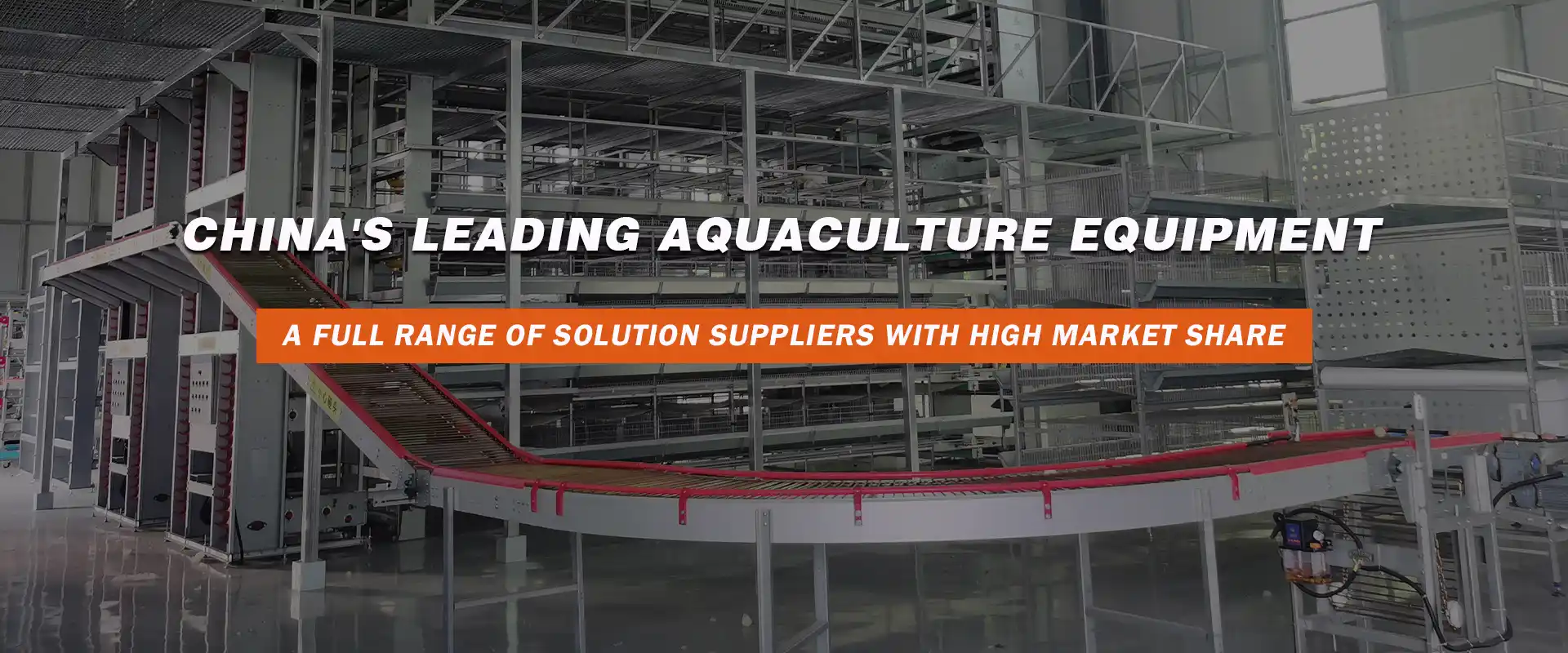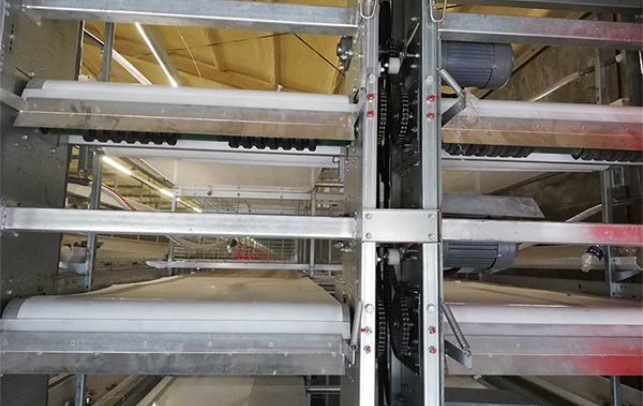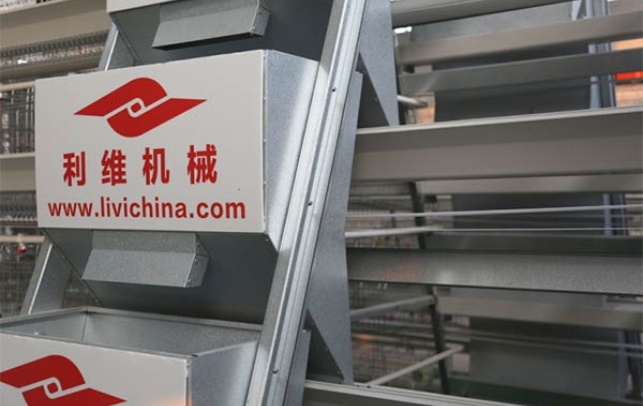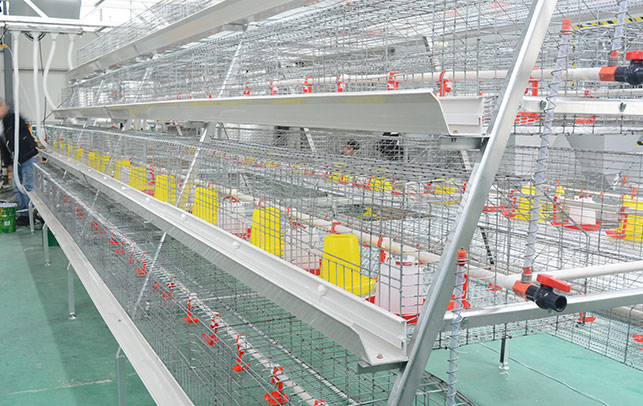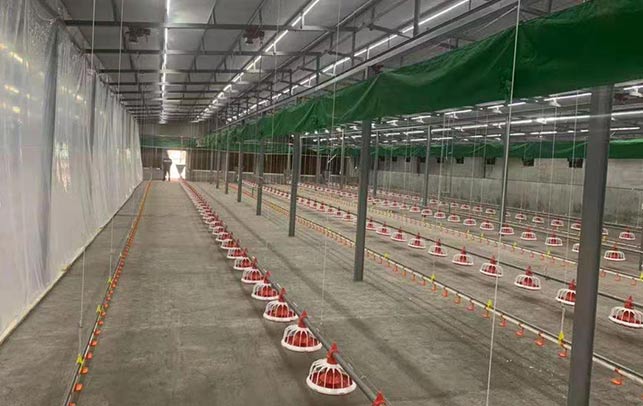High Capacity 10,000 Layer Poultry Farm Setup: A Comprehensive Guide
Time : 2025-03-26
As the demand for poultry products continues to rise globally, the need for efficient and high-capacity poultry farm setups has become paramount. A 10,000-layer poultry farm setup is a significant investment and requires careful planning and execution. In this article, we will discuss the various aspects of setting up a high-capacity 10,000-layer poultry farm, ensuring that it is not only efficient but also sustainable in the long run.
1. Location and Infrastructure
The first step in setting up a high-capacity poultry farm is selecting the right location. Factors to consider include proximity to markets, availability of water and electricity, and ease of access for suppliers and transportation. Once the location is decided, the infrastructure needs to be planned accordingly.
1.1 Farm Layout
The layout of the farm should be designed to maximize efficiency and reduce stress on the birds. A well-planned layout ensures easy access for workers, efficient ventilation, and minimal movement of birds. A typical layout for a 10,000-layer poultry farm includes:
- Brooding pens for young chicks
- Flock houses for mature hens
- Feeding areas
- Watering stations
- Manure management systems
- Administrative and employee areas
1.2 Building Design
The buildings should be designed to provide optimal environmental conditions for the birds. This includes:
- Temperature control: Ensuring a consistent and comfortable temperature throughout the year
- Ventilation: Proper air exchange to maintain the desired humidity and CO2 levels
- Lighting: Adjusting lighting to simulate natural daylight for optimal egg production
2. Equipment and Technology
The success of a high-capacity poultry farm largely depends on the quality of equipment and technology used. Here are some essential components:
2.1 Feeders and Drinkers
High-capacity feeders and drinkers are crucial for efficient feeding and watering. They should be designed to prevent waste and ensure that all birds have access to feed and water at all times.
2.2 Egg Collection Systems
Automated egg collection systems can significantly reduce labor costs and improve egg quality. These systems should be reliable and easy to maintain.
2.3 Environmental Control Systems
Environmental control systems are essential for maintaining optimal conditions in the poultry houses. They should include temperature, humidity, and CO2 sensors, as well as controls for heating, cooling, and ventilation.
2.4 Biosecurity Measures
Biosecurity is critical to prevent disease outbreaks. The farm should be equipped with proper biosecurity measures, such as footbaths, disinfection stations, and restricted access to the poultry houses.
3. Biosecurity and Health Management
A 10,000-layer poultry farm must prioritize biosecurity and health management to ensure the well-being of the birds and minimize production losses due to disease.
3.1 Biosecurity Measures
Implementing strict biosecurity measures is essential. This includes:
- Regular cleaning and disinfection of facilities
- Proper waste management
- Restricting access to the farm
- Proper handling of birds and equipment
3.2 Health Management
A comprehensive health management program should be in place to monitor and prevent diseases. This includes:
- Regular veterinary checks
- Vaccination programs
- Early detection of diseases
- Timely treatment and isolation of sick birds
4. Labor and Management
The success of a high-capacity poultry farm also depends on the quality of the workforce and management. Here are some key considerations:
4.1 Training
<pEmployees should receive proper training on various aspects of poultry farming, including biosecurity, health management, and equipment operation.
4.2 Workforce Management
<pEfficient workforce management is essential to optimize production and reduce labor costs. This includes proper scheduling, performance monitoring, and motivation.
4.3 Record Keeping
<pAccurate record-keeping is vital for monitoring production, identifying trends, and making informed decisions. This includes records on bird health, production, feed consumption, and biosecurity measures.
5. Financial Planning and Sustainability
<pFinancial planning and sustainability are crucial for the long-term success of a high-capacity poultry farm.
5.1 Budgeting
<pA detailed budget should be prepared to cover all aspects of the farm, including capital investment, operational costs, labor, and marketing.
5.2 Sustainability
<pA sustainable poultry farm considers the environmental impact of its operations. This includes energy-efficient equipment, proper waste management, and sourcing locally available feed ingredients.
Conclusion
Setting up a high-capacity 10,000-layer poultry farm requires careful planning, investment in the right equipment and technology, and a focus on biosecurity, health management, and sustainability. By following these guidelines, poultry farmers can ensure a successful and profitable operation.




